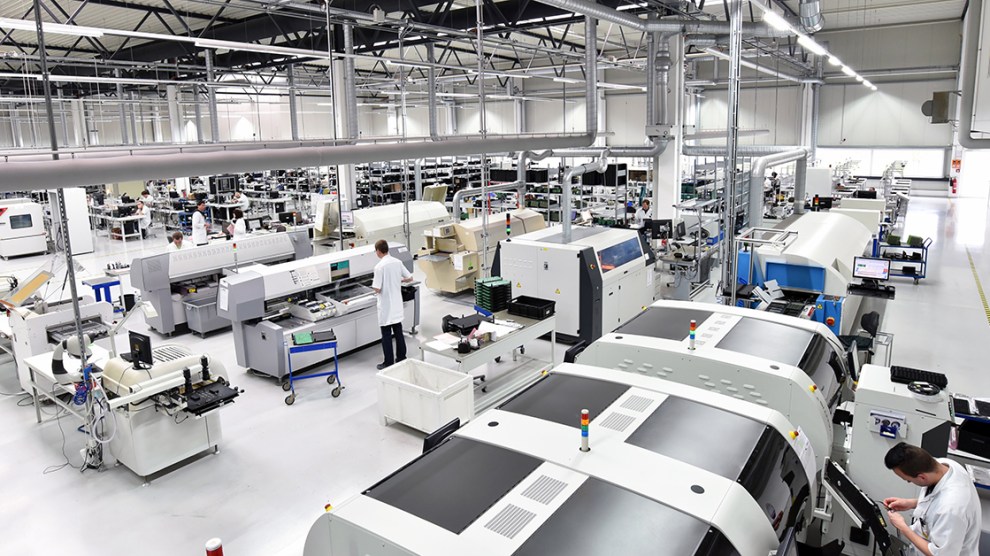E-Commerce Growth Slows But Continues to Fuel Industrial Demand
■ The pandemic has dominated every aspect of the economy over the last 21 months, upending many of the trends that had been prevalent in the previous decade. One of the biggest shifts is consumer demand moving from services to goods, with a greater share of goods now purchased online. The prominence of e-commerce—accounting for 16% of core retail sales in the third quarter—has been a main factor in industrial becoming commercial real estate’s darling asset class. Although growth in ecommerce is starting to slow, it’s still well above pre-pandemic levels.
■ Amazon’s share of e-commerce is estimated to range from 40% to 50%, and its footprint is felt in the industrial market, where it occupies an ever-increasing amount of space. Yardi Matrix data shows 12 properties larger than 3 million square feet delivering this year, all of them either leased or owned by Amazon. Massive distribution centers have been completed in a variety of markets, from major metros like Chicago and Houston to tertiary markets like Little Rock and Colorado Springs.
■ Although it is the main player, Amazon is not the only company driving the e-commerce boom. Bigbox retailers have long been trying to compete with the online behemoth for e-commerce sales, and the pandemic has increased the importance of doing so. Both Target’s and Walmart’s third quarter earnings noted solid but slowing growth of e-commerce sales, following the national trend, but also highlighted the importance of physical stores in the future of online sales. Instead of occupying massive distribution centers, these companies use their stores to fulfill orders. Target reported that while online purchases accounted for 17.6% of all sales in the third quarter, stores fulfilled 96.7% of orders. Omnichannel retail—providing customers with a seamless, consistent experience between online and brick-and-mortar—will become more prevalent in the future. Amazon is prepared for these coming changes after purchasing Whole Foods in part for the chain’s site selection.
■ E-commerce sales have grown steadily since the Census Bureau started tracking them in 2010. However, growth has started to slow and become more volatile since the third quarter of 2020. E-commerce’s share of core retail sales peaked at 19.4% in the second quarter of 2020, but fell to 16% by the third quarter of 2021. Despite this loss of share, though, online sales are still well above pre-pandemic levels. We believe that some of the shift to e-commerce over the last two years was structural rather than temporary, and e-commerce will continue to fuel the industrial market.
Read the full Matrix Industrial Report-December 2021











Add Comment